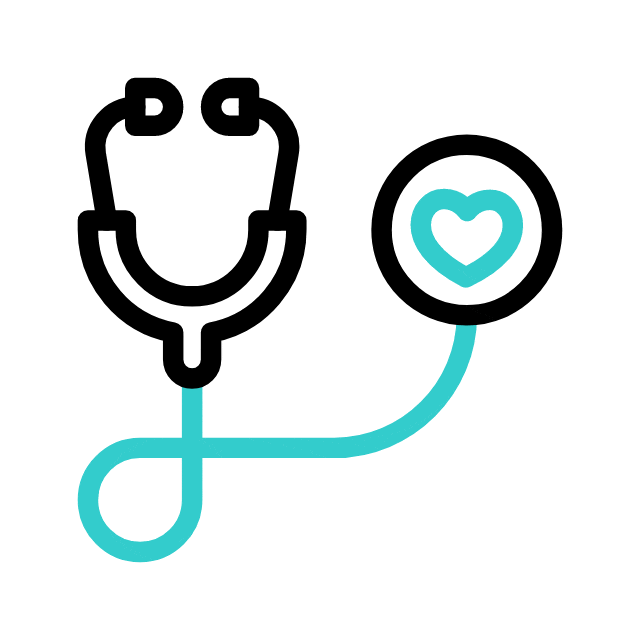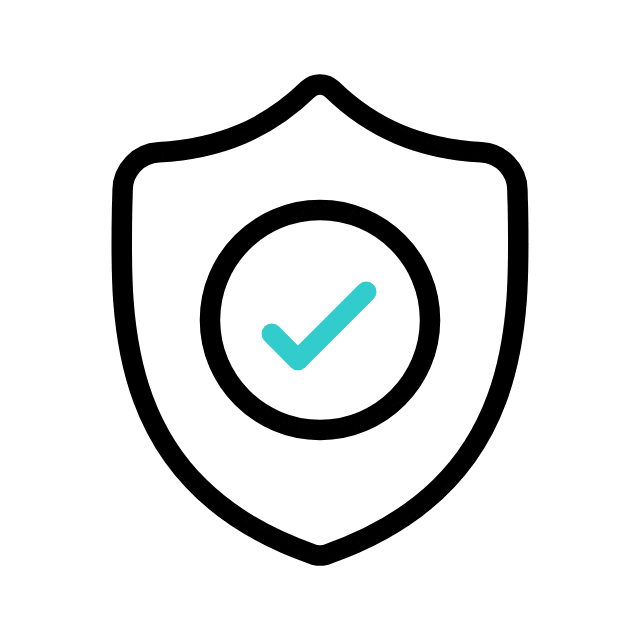Elevate Your OAT Program
Dentists
If you’re a dental sleep specialist who has struggled to establish a successful Oral Appliance Therapy (OAT) clinic or build reliable physician referral networks, DSM-MD offers a turnkey solution. We understand the frustration many dentists face when referral partners expect insurance billing capabilities and your practice is structured around cash-pay models. Our collaborative framework solves this by integrating you directly into a physician-led care model, enabling full insurance utilization while expanding your patient base.
Already have a thriving oral appliance program? DSM-MD can pair you with enthusiastic physicians to amplify your reach, create additional revenue streams, and bring effective OSA treatment to more patients in your community.

Empowering Dentists Through Partnership
Why DSM-MD Works for Dentists
At DSM-MD, we understand the unique challenges dental sleep specialists face when navigating insurance barriers, building referral networks, and delivering consistent outcomes. Our model is designed to eliminate those roadblocks. By integrating dentists directly into a collaborative care framework with trusted physicians, we provide the structure, support, and systems needed to grow a successful OAT practice, without the burden of administrative complexity or disconnected care models.
- Streamlined Workflow: We educate your clinical team on presenting OAT effectively to patients and support you in building strong physician partnerships.
- Clinical Collaboration: You’re connected to a network of trusted, insurance-credentialed physicians who value high-integrity, patient-centered care.
- Billing Support: We enable seamless insurance billing through our physician network, no more limiting your practice to cash-only models.
- Enhanced Patient Experience: Together, we deliver best-in-class therapy that improves health outcomes and boosts patient satisfaction.
Clinically Significant Outcomes
Oral Appliance Therapy (OAT) continues to demonstrate strong, clinically significant outcomes in the treatment of obstructive sleep apnea (OSA). These results not only support OAT as a frontline therapy but validate its long-term value in improving both clinical metrics and patient well-being.
- 80% Success Rate: A 14-year retrospective study found that customized, adjustable mandibular advancement devices (MADs) achieved an 80% success rate, including moderate and severe cases.
- Improved Quality of Life: Patients using OAT report less daytime sleepiness, better mood, and enhanced mental clarity.
- Cardiovascular Benefits: OAT has been shown to improve blood pressure, particularly in hypertensive patients, with effects lasting up to 4.5 years.
- Comparable to CPAP: Studies confirm that OAT delivers similar improvements in daytime function and sleep quality with greater patient adherence.

Best Practices
OAT in Dentistry
Successful implementation of OAT requires more than simply prescribing a device. The most effective dental sleep practices embrace a patient-centered philosophy, starting with proper case selection, clear patient communication, and long-term follow-up. Prioritize patients with mild to moderate OSA, those with positional apnea, or individuals who have not succeeded with CPAP therapy. Use objective data like AHI for baseline and progress tracking but also focus on quality of life, cognitive function, and cardiovascular metrics to guide care. By balancing clinical insight with compassionate treatment, you can maximize both patient outcomes and practice growth.
Clinical Reminders:
- Prescribe for mild to moderate OSA cases.
- Use for positional OSA or as a follow-up for CPAP or BiPAP failure.
- Monitor AHI but prioritize overall patient health, quality of life, and satisfaction.
How DSM-MD Supports Dentists
Our Approach
At DSM-MD, we go beyond conventional dental sleep support by offering a fully integrated, physician-collaborative model that helps dentists provide high-quality OSA treatment with less administrative burden. We equip your clinical team to confidently present OAT as a first-line treatment to patients, support you with streamlined insurance billing, and connect you with like-minded physicians who value the importance of collaborative care.
Research confirms that Oral Appliance Therapy is a safe, effective, and well-tolerated treatment option for patients with obstructive sleep apnea. It matches the health outcomes of CPAP in many cases especially when considering real-world patient adherence and offers improvements in quality of life, cardiovascular health, and daytime function. With DSM-MD handling the program framework and coordination, you’re free to focus on delivering excellent patient care.

Seamless Integration
Implementing a sleep program shouldn’t disrupt your workflow. Our team provides end-to-end support, from patient screening to follow-up care, allowing you to offer Oral Appliance Therapy (OAT) with minimal staff involvement.

Revenue Growth
Through our collaborative model, physicians can generate a passive revenue stream without additional overhead.

Patient-Centered Care
We prioritize patient education and engagement, helping individuals understand their treatment options while maximizing their medical benefits. This leads to higher compliance, improved sleep health, and better long-term outcomes.

Compliance & Billing Support
Navigating insurance and billing for sleep medicine can be complex. DSM-MD takes care of the administrative and legal aspects, ensuring smooth reimbursement while keeping your practice compliant with industry standards.
In patients with evaluable data, there was an 80% success rate for treatment of OSA using a custom-fabricated adjustable MAD including substantial numbers of patients with moderate and severe disease.
Research
A randomized controlled trial showed that OAT reduced 24-hour diastolic blood pressure and improved blood pressure during the early morning.
61 patients, randomized, controlled, crossover trial, diagnosed with OSA on polysomnography (AHI ≥ 10 per hour and at least 2 of the following symptoms, daytime sleepiness, snoring, witnessed apneas, fragmented sleep; age > 20 years; and minimum mandibular protrusion of 3 mm). 4 weeks of MAS therapy for OSA resulted in a significant fall in 24-hour DBP attributed mainly to a reduction of approximately 3 mmHg in the early morning period. A similar reduction was also achieved in SBP during the early morning. A partial benefit of MAS on sleep-disordered breathing sustained over a longer period of the night appears to produce a BP-lowering effect similar-lowering to CPAP, which is generally more effective at eliminating OSA but appears to be used for less of the night
Gotsopoulos H, Kelly JJ, Cistulli PA. (2004) Oral appliance therapy reduces blood pressure in
obstructive sleep apnea: a randomized, controlled trial. Department of Respiratory & Sleep Medicine, St
George Hospital, The University of New South Wales, Sydney Australia Sleep. 2004 Aug 1;27(5):934-41.
http://www.ncbi.nlm.nih.gov/pubmed/15453552
A study found that OAT achieved similar improvements in quality of life and daytime sleepiness as CPAP, with greater patient compliance.
Phillips et al. showed that CPAP and MAD achieved similar improvements in EDS and QoL. Average MAD compliance was 6.5 hours/night compared to 5.2 for CPAP (P<0.0001). These results are consistent with other studies, supporting the hypothesis that MAD and CPAP have similar clinical effectiveness due to greater MAD compliance achieving net similar AHI reduction
Phillips CL; Cistulli PA; et al (n.d.). Health outcomes of continuous positive airway pressure
versus oral appliance treatment for obstructive sleep apnea: A randomized controlled trial. American
journal of respiratory and critical care medicine. Retrieved December 21, 2022, from
https://pubmed.ncbi.nlm.nih.gov/23413266/
One study found in significant improvements in cognitive and psychomotor performance in patients with mild to moderate OSA.
Tea et al (2016) demonstrated that Mandibular Advancement Device Therapy resulted in significant improvements in cognitive and psychomotor performance, particularly in the domain of perceptive abilities convergent thinking (constructing and solving simple mathematical tasks) psychomotor reaction times excessive daytime sleepiness quality of life in patients with mild to moderate OSA.
Tea G. et al Improvement of Cognitive and Psychomotor Performance in Patients with Mild to Moderate Obstructive Sleep Apnea Treated with Mandibular Advancement Device: A Prospective 1-Year Study J Clin Sleep Med. 2016 Feb;12(2):177-86. https://www.ncbi.nlm.nih.gov/pubmed/26414974

